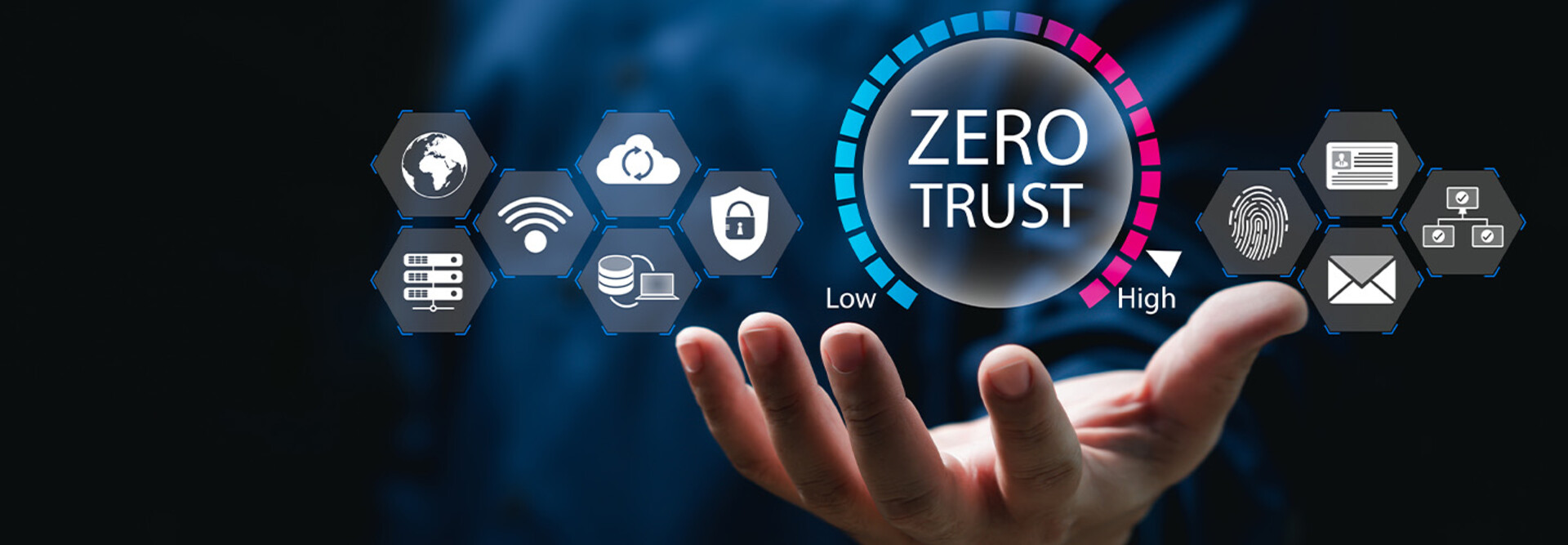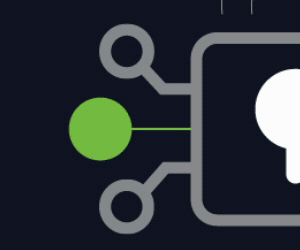AI Enhances Threat Detection and Response
AI excels at identifying patterns and anomalies within vast amounts of data. In a zero-trust environment, this capability is crucial. A 2024 publication from the National Institute of Standards and Technology noted that AI-powered systems can continuously monitor network traffic, user behavior and access patterns to detect suspicious activities in real time. By leveraging machine learning algorithms, AI can distinguish between normal and abnormal behaviors, flagging potential threats that might go unnoticed by traditional security tools.
For example, a July 2025 report from Syracuse University notes that AI can detect subtle changes in user behavior that could indicate a compromised account or insider threat. It can also identify advanced persistent threats that use sophisticated techniques to evade detection. By accelerating threat detection and response times, AI helps organizations contain and mitigate risks before they can cause significant damage.
Enabling Automated Policy Enforcement
Zero trust requires stringent access controls and continuous verification of identities and devices. Manually managing these policies in a dynamic IT environment is not only cumbersome but also prone to error. AI can automate policy enforcement, ensuring that access controls are consistently applied across the organization.
In a February 2025 report, the Cloud Security Alliance states that AI-driven systems can dynamically adjust access permissions based on real-time context, such as the user’s location, device health and behavior. This ensures that only authorized users and devices can access critical resources, reducing the risk of unauthorized access. “This flexible methodology reduces the protect surfaces and enforces the core Zero Trust concept of least privilege, thus granting each person the minimum access required for their given job,” the CSA report states.
Moreover, AI can automate the process of revoking access when anomalies are detected, further enhancing security.
DISCOVER: The security solutions and services from CDW that can help your business.
Providing More Robust Identity and Access Management
Effective identity and access management is at the core of zero trust. AI can enhance IAM by providing continuous authentication and adaptive access controls. “AI-driven access control systems can dynamically set each user's access level through risk assessment in real-time,” according to the CSA report.
Traditional IAM solutions often rely on static credentials, such as passwords, which can be easily compromised. AI-driven IAM solutions can use biometric data, behavioral analytics and contextual information to verify identities more accurately and securely.
For instance, AI can analyze a user’s typing patterns, mouse movements and other behavioral biometrics to create a unique profile for continuous authentication. If the system detects deviations from this profile, it can prompt additional verification steps or block access altogether. This adaptive approach ensures that access decisions are based on a comprehensive understanding of the user’s identity and behavior.
Delivery of Advanced Analytics and Insights
AI provides advanced analytics capabilities that can transform raw data into actionable insights. In a zero-trust framework, these insights are invaluable for making informed security decisions. AI can correlate data from various sources — such as network logs, endpoint data and threat intelligence feeds — to provide a holistic view of an organization’s security posture.
These insights can help IT leaders identify vulnerabilities, assess the effectiveness of security controls and prioritize remediation efforts. By understanding the root causes of security incidents and identifying trends, organizations can proactively strengthen their defenses and improve their overall security strategy. “For greater security against unauthorized access and breached accounts, AI enforces the core axioms of Zero Trust security,” the CSA report states.










